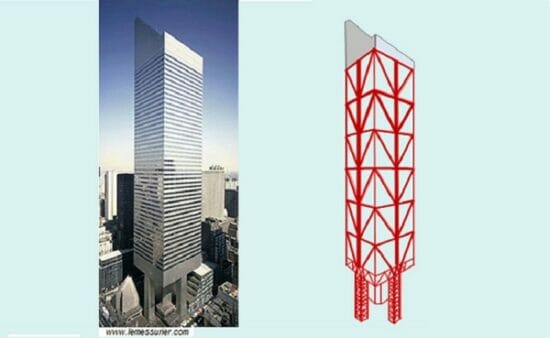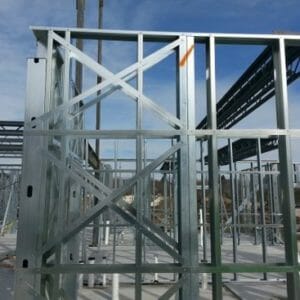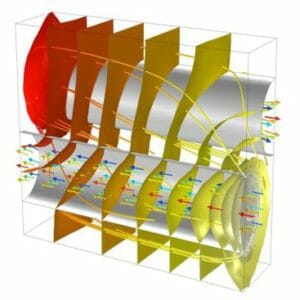- Home
- Product
- E - 1950 Engineering Ethics: The Citicorp Tower Wind Retrofit-An Excellent Example of Ethical Conduct of Structural Engineers
E – 1950 Engineering Ethics: The Citicorp Tower Wind Retrofit-An Excellent Example of Ethical Conduct of Structural Engineers
$90.00
The 59-story Citicorp Tower in New York, now renamed 601 Lexington Tower, was completed in 1977. The tower has a unique steel structure with perimeter mega-braced frames and a V-braced core. The perimeter mega-braced frame is supported on four 9-story tall mega columns at the base. The mega-columns are located at the center of each side of the structure instead of at the corners, which is the case for the most skyscraper. The reason for mega-columns not being placed at the corners was the presence of a church on the NW corner of the site. The perimeter mega-braced frame carries about one-half of the gravity load and all wind loads. The core framing carries the other half of the gravity load.
Less than a year after the completion of the tower, it was discovered that the mega brace splices do not have the code-required factor of safety and the structure is in danger of collapse during a hurricane. An emergency retrofit plan was developed and implemented to strengthen the mega-brace weak splices in two months before any hurricane hit the tower.
The first part of this course will discuss the unique structural system of the tower, why the mega-brace joints ended up being weak, and what was done to strengthen them. The second part will focus on the engineering ethical issues of wind retrofit. For years, this case was considered a good example of ethical conduct by all involved, especially by the late William LeMessurier, the lead structural engineer of the tower. However, in recent years, a few articles have argued the opposite declaring LeMessurier in violation of several canons of the Code of Ethics for Engineers. After spending more than 300 hours researching the subject, reviewing almost all publicly available documents and videos on the subject, and doing a full-fledged SAP analysis of the structural system, Dr. Astaneh will present factual information on what was the problem, how the problem was discovered, and the details of the main steps taken by William LeMessurier from the moment of discovery of the problem until the completion of the needed retrofit. He will also examine the validity of the statements on unethical conduct by William LeMessurier and others involved in the emergency retrofit. The main conclusion of this webinar, supported by the evidence presented during the webinar, is that not only William LeMessurier did not act unethically, but, he set an example of how facing the inevitable fast-approaching catastrophe, he considered “safety to be paramount”, managed to develop a doable solution in a matter of days, and convinced all other stakeholders, especially the owner, to support and finance the retrofit, which was done in about two months before the hurricane season rolled in in full power.
 E - 1118 Air Pollution Control - Carbon Adsorption for VOCs
1 × $75.00
E - 1118 Air Pollution Control - Carbon Adsorption for VOCs
1 × $75.00  E - 1123 Concrete Methods and principles - Full 8 Hours Course
1 × $200.00
E - 1123 Concrete Methods and principles - Full 8 Hours Course
1 × $200.00  E - 1525 Biodiesels- Handling and Use Guide
1 × $100.00
E - 1525 Biodiesels- Handling and Use Guide
1 × $100.00 

 E - 1118 Air Pollution Control - Carbon Adsorption for VOCs
E - 1118 Air Pollution Control - Carbon Adsorption for VOCs  E - 1123 Concrete Methods and principles - Full 8 Hours Course
E - 1123 Concrete Methods and principles - Full 8 Hours Course  E - 1525 Biodiesels- Handling and Use Guide
E - 1525 Biodiesels- Handling and Use Guide 



